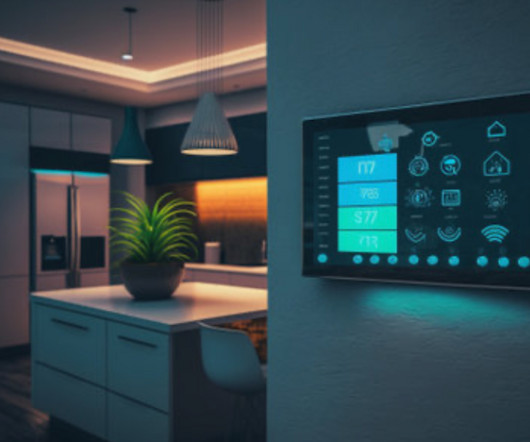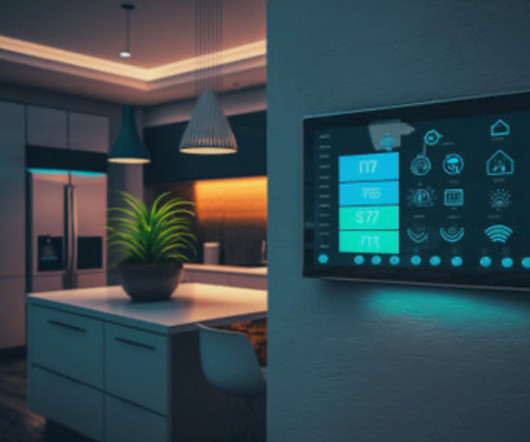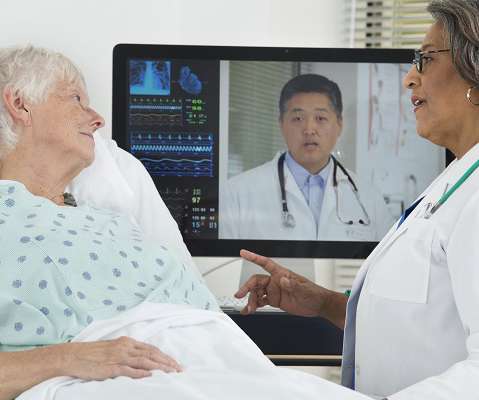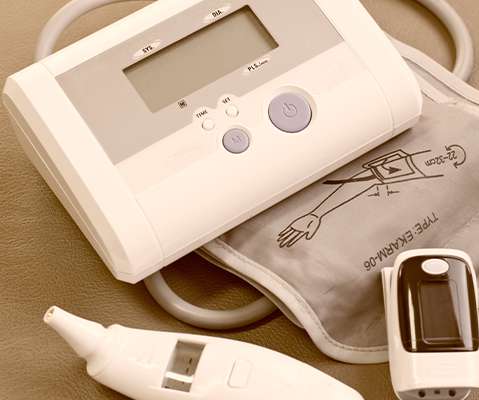2018 Year in Review: The Year’s Biggest Remote Care News & Developments
care innovations
JANUARY 2, 2019
2018 was a historic year for telehealth and remote patient monitoring (RPM), as a series of developments played out that helped extend these important care delivery services to more patients than ever before. January: Unbundled CMS Code Increases Remote Care Reimbursement. January 18, 2018.



















Let's personalize your content